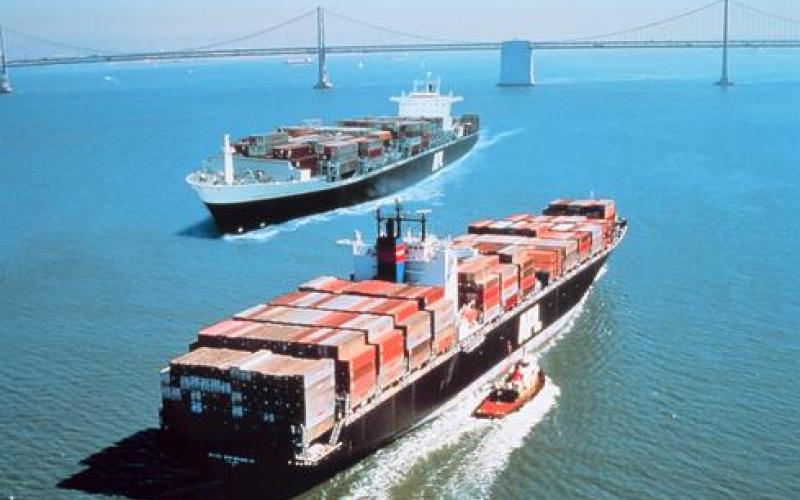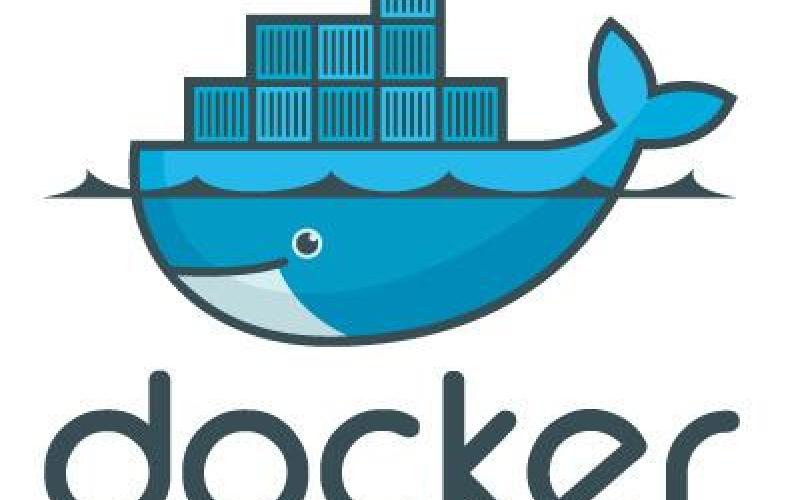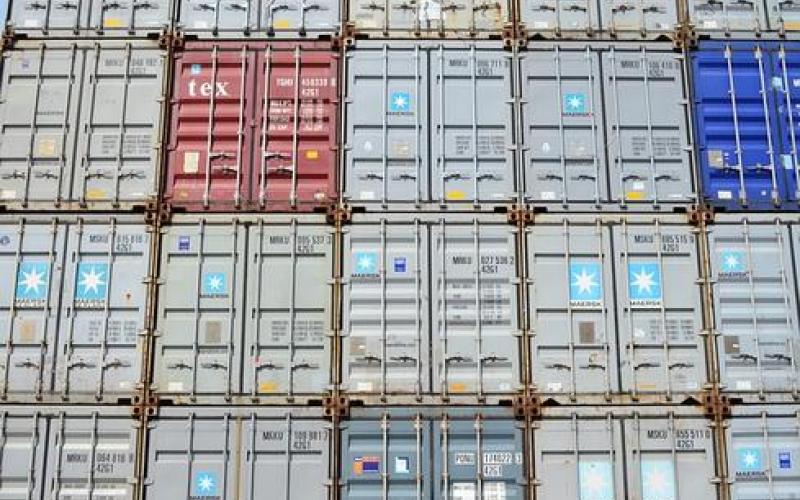Containers -- and specifically the Docker form of container technology -- have taken the industry by storm. The quick rise of Docker since it was first launched as an open source project in March 2013 has been particularly astounding. Developers and industry giants like Google are absolutely smitten with what is sometimes referred to as a lightweight version of virtualization.
Based on all the hype, containers -- and especially what Docker does with them -- sound like a magic elixir for businesses and their cloud ambitions.
Indeed, the potential for Docker is huge and highly disruptive, Charlie Dai, principal analyst at Forrester Research, wrote in a blog post earlier this year. The firm predicts that Docker-based solutions will disrupt the server virtualization market and drive cloud adoption because of their technology advantages, benefits such as agility and speed in responding to business requirements, and growing ecosystem.
A white paper produced by Cisco and Red Hat is equally effusive about the potential of containerization: "Linux containers and Docker are poised to radically change the way applications are built, shipped, deployed, and instantiated."
Network Computing talked with a couple virtualization experts to get their take on the container phenomenon and what infrastructure pros need to know about this hot technology.

















